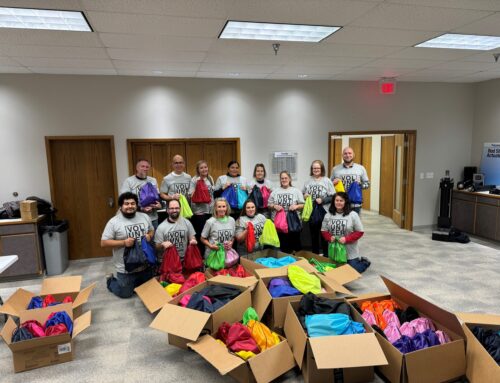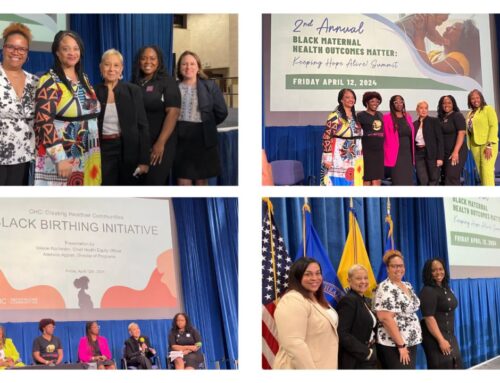What It Truly Means to Partner With Employees for Cause Engagement
In the realms of nonprofit and corporate social responsibility, the word “partnership” is thrown out often. The partnering of organizations sometimes is as simple as swapping logos and engaging in promotions together. Other partnerships lead to a financial relationship where one may pursue a line of service together or in concert with the other.
But what does it mean to partner with your employees on cause engagement?
When asking organizations how they partner with employees on cause engagement, they typically respond with:
- We let our employees use our cause engagement benefits as a way to further and deepen their interests in the community.
- We work side-by-side with our employees to design volunteer projects.
- We counsel with employees to hear what they would like us to focus on and the types of causes we should be helping.
These are not bad responses, but do they reflect the true nature of employee partnership today? Let’s take a look at two specific situations of how companies can partner with their employees.
Individual Choice
We hear a lot about choice today when it comes to the social and cause issues individuals want to address through workplace engagement. Some companies have used their employees’ interests and choices to institutionalize new ways to direct giving, service and skill-based involvement of the employee in the community. For instance, we see that individuals can have their gift matched to any nonprofit in the community or serve any organization of their choosing.
But is this truly partnership?
In this model, there is an assumption that the individual is self-aware of their interests in causes. But what if the employee doesn’t know yet where his or her interests lie? In comparison, it’s like offering a 401(k) program and letting the individual select the type of investments – but then he/she only chooses the default investment options, due to lack of knowledge of how to make the choice.
Companies can partner with employees by actively helping them identify where their interests may lie. For instance, when an individual starts employment at the company, he/she would be asked a few clarifying questions to understand his/her cause interest and participation level. The employee would then learn of the opportunities relative to his/her potential interests, including ways to experience the cause firsthand through the company.
The Unknown Issues
In studies we have performed, we consistently hear about “unknown” issues – issues that employees may have interest in, but don’t know enough about. When we hear that an organization or cause has fallen out of favor with employees, we always question whether or not the issue has been addressed through education and awareness enough to warrant a perception or attitude. This is an important question to consider. If your employees aren’t interested in a specific issue, is it because the cause is no longer relevant – or is it because the way they are educated or engage with the cause is no longer relevant?
While the brands of some causes exude perception and attitude, employees can still lack understanding of the issues the organization is addressing, and especially how those causes do their work. In this situation, companies have a real opportunity to partner with their employees to:
Build a wealth of knowledge among employees about issues
Take the time to help employees learn about issues through informal discussions, internal education campaigns and/or exposure to participating nonprofits.
Become a learning community on issues
Make the workplace an opportunity to learn about the issues affecting your employees and their communities. Bring them together to learn about social issues, the causes working to address them and ways to activate for them. Consistent learning through various new media can truly make a difference for employees and leadership to come together.
Some companies might see this approach as too intensive or overreaching. But in reality, a company with employees who believe in the power and capability of the workplace to come together for individual and corporate social issue engagement is one that will yield stronger affinity and value for the place where they spend 40+ hours a week.
Suppressing the social interests of employees during the work day can be a very challenging situation that no one feels good about. If we truly care about the communities where our companies reside, and the people who use our products and services, let’s go the extra mile to partner side-by-side with employees to use their assets to make change happen. In the end, not only does the community win, but so do the employees.








